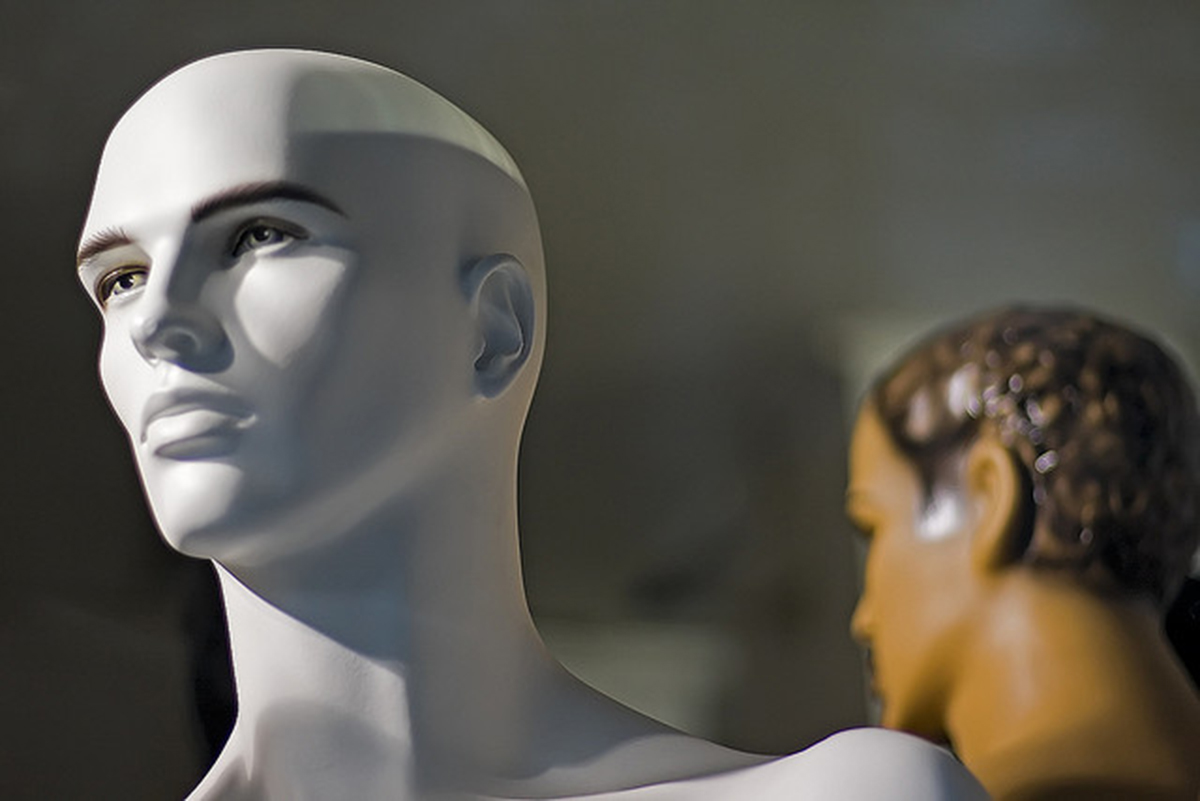Table of Contents
Going bald can really mess with your self-confidence. Thankfully, there's stuff you can do about male pattern baldness these days. What are the latest treatment optopn
'There's Drugs For That?' You Bet!
Wouldn't it be awesome if you could just take a pill and have a full head of hair? Well, you may be surprised to hear that there are quite a few medications that slow down hair thinning and even stimulate hair regrowth. Minoxidil, originally known as Rogaine, is the most well-known of the medications that fight hair loss. You apply Minoxidil to the scalp or even use it as a shampoo. Within four months to a year, you should see some results.
The kicker is that Minoxidil only works for as long as you take it, and not everyone agrees on exactly how effective it is. If you massage it into the scalp twice a day, though, Minoxidil should offer a visible improvement. (Mind you, be sure to see your doctor right away if you experience a sudden swelling anywhere on the body, breathing trouble, a rapid heart beat, or chest pain. Those are possible side effects of Minoxidil.)

While Minoxidil works for both men and women facing hair loss, Propecia is a drug that only works for men. This oral medication. also known as Finasteride and Proscar, prevents the hormone testosterone from making the byproduct that induces baldness. As with Minoxidil, it can take several months before you see a thicker head of hair, and the effects wear off when you stop taking the drug.
To its credit, Propecia is more effective than Minoxidil. And the good news? You can take both medications together for maximum results!
Oh, you wanted to hear about the side effects of Propecia? Disclaimer: they certainly don't effect every man taking the drugs. That's just as well, because they're not nice. Loss of libido, erectile problems, depression, breast growth and hives are just among the possible side effects. The moral of the story is that Propecia can definitely work to slow your baldness, but you'll want to have a serious chat with your doctor before deciding to take it.
Hair Transplants
I know, I know: this is the bit you're really interested in. The cons of hair transplants for male pattern baldness are that they're expensive, invasive (read: pain), and you may well require multiple treatments before achieving the desired results. The pros? Well, your baldness will be a thing of the past.
If you're undergoing a follicular unit hair transplant, your hair restoration surgeon will take a section of hair from the back of your head, where active hair growth is ongoing. They'll then meticulously isolate follicles, and place one to four hairs back in your balding area at a time. You could be receiving up to 2,000 little grafts over the course of up to eight hours. Your scalp will be extremely tender after the procedure and you'll have to wear a dressing and use antibiotics. No pain, no gain — right? Though you may go in for an additional session or several, you're expected to see around 60 percent new hair growth after about nine months.
Note: follicular transplants are now the gold standard in baldness treatments. Hair transplants aren't new though, the first ones having been performed way back in the 1950s. Back then, it wasn't follicles they transplanted but whole strips of hair. If you're considering becoming a medical tourist abroad, you may still end up with that procedure.
Some folks have come out looking somewhat like Frankenstein, with visible stitch-shaped scars. Don't be one of them.
If your hairline has only receded a bit, there's another procedure you may look into. Scalp reduction cuts out the balding part and sews the forehead and the rest of the scalp back together. It's a good option for men whose hairlines have receded only slightly, when carried out by an experienced surgeon.
- Photo courtesy of planetc1: www.flickr.com/photos/chiropractic/10596694365/
- Photo courtesy of Horia Varlan: www.flickr.com/photos/horiavarlan/4269156697/


Your thoughts on this